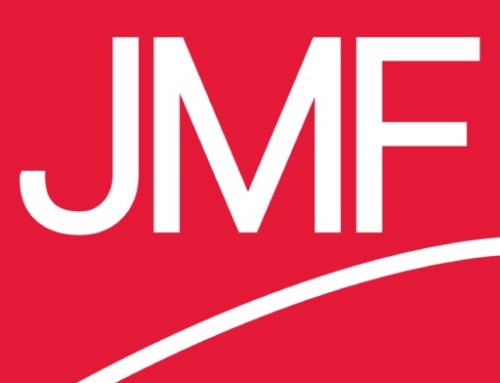Generally, it takes a long time—39 years to be exact—to fully recover the cost of a business building through regular depreciation deductions. However, your business may benefit from faster write-offs if it conducts a “cost segregation study.” In effect, the study breaks out certain building components so the costs can be deducted over a shorter period of time.
Furthermore, the favorable tax treatment available through a cost segregation study has been enhanced by recent tax legislation. Under the Tax Cuts and Jobs Act (TCJA) and the Coronavirus Aid, Relief, and Economy Security (CARES) Act, you may recover the cost of certain components even faster than before.
Background: Normally, the cost of a building is recovered through depreciation deductions over the lengthy time period of 39 years, as required by the Modified Accelerated Cost Recovery System (MACRS). Conversely, personal property may be written off over shorter time periods based on a “useful life” of, say, five or seven years. Regulations define “personal property” as tangible depreciable property (other than buildings and their structural components) that is used in industries such as transportation and communications and certain other specialized types of property.
A cost segregation study identifies those components that are eligible for faster write-offs. It then reclassifies those assets as personal property assets, thereby shortening the total depreciation time.
Note: The IRS may challenge these deductions and has frequently done so in the past. In several recent cases, the courts have ruled that parts of a commercial building may be treated like personal property only if they relate to the equipment used in a business located in the building. This may include components such as HVAC systems, plumbing systems in restaurant kitchens and removable carpeting.
Typically, the cost segregation study will rely on engineering reports, mechanical and electrical plans and architectural drawings in compliance with IRS guidelines. Because the write-off periods for components often depend on the use of the building, taxpayers are generally advised to enlist the services of a qualified professional who is experienced in the particular industry in question. When it is handled properly, the cost segregation study should be able to meet IRS standards.
Tax enhancements: Under the TCJA, 50% first-year bonus depreciation is doubled to 100% for qualified property placed in service after September 27, 2017 and before January 1, 2023. Beginning in 2023, bonus depreciation will be gradually phased out until it is disappears completely after 2026. This will provide even faster tax write-offs for business building owners.
In addition, the CARES Act fixes a glitch in the TCJA relating to “qualified improvement property” (QIP). QIP includes qualified leasehold improvements, qualified retail improvements and qualified restaurant property. The CARES Act approves a 15-year cost recovery period for QIP as was originally intended by lawmakers.
Caution: This is not a do-it-yourself proposition. Have a professional provide guidance every step of the way.







Leave A Comment
You must be logged in to post a comment.